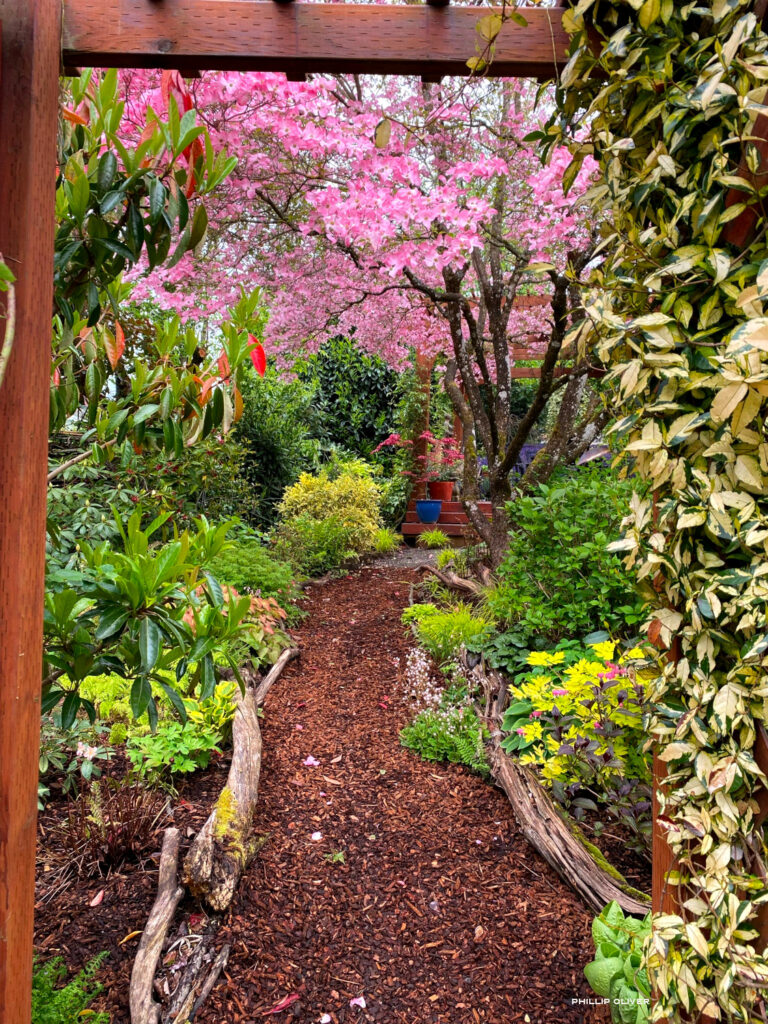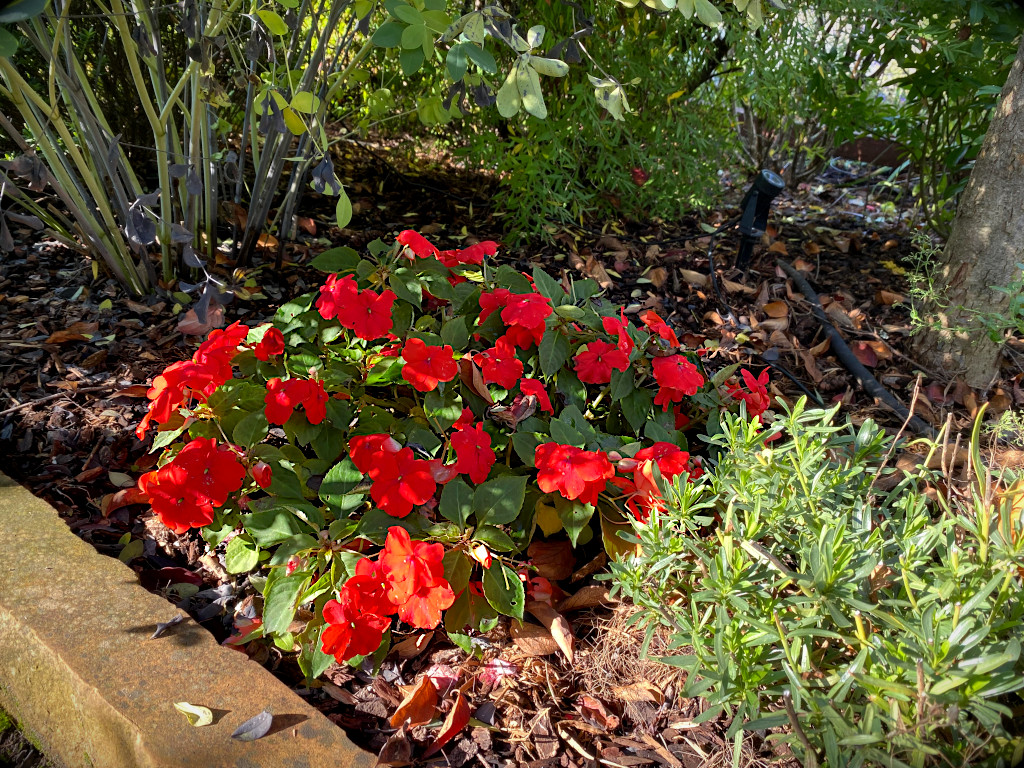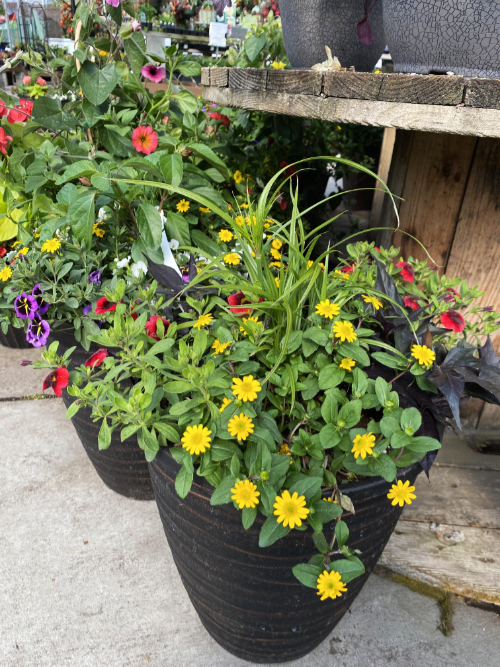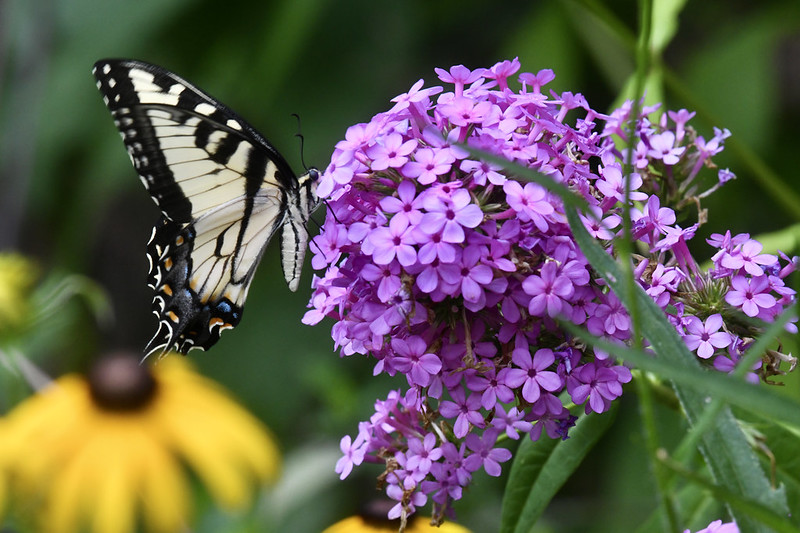Milkweed
The Milkweeds (Asclepias) are great plants for the garden. So-called for the milky sap they produce (don’t worry, you should not come into contact with it unless you break the stems), they are one of the super-attractors for butterflies, bees and a host of other beneficial insects.
There are many different varieties of milkweed. The following are varieties that you will commonly find in our nursery:
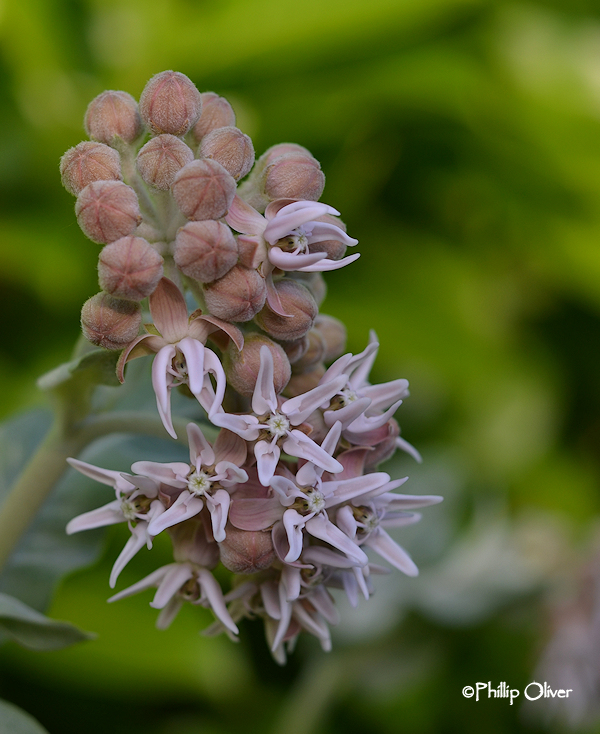
Asclepias speciosa aka “Showy Milkweed” is very popular because it is native to the West Coast. It grows wider than the other milkweeds mentioned here and it can be very vigorous in light soils. Therefore, be careful when placing it.
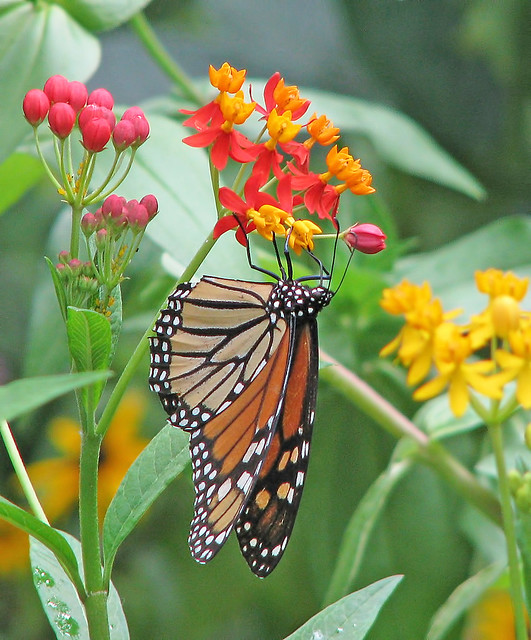
Asclepias currassavica has the common names “Mexican Butterfly Weed,” “Scarlet Butterfly Weed” and “Bloodflower”. Plants are erect, growing 3-4 feet with vibrant red and orange flowers. (Photo Vicki’s Nature on VisualHunt.com)
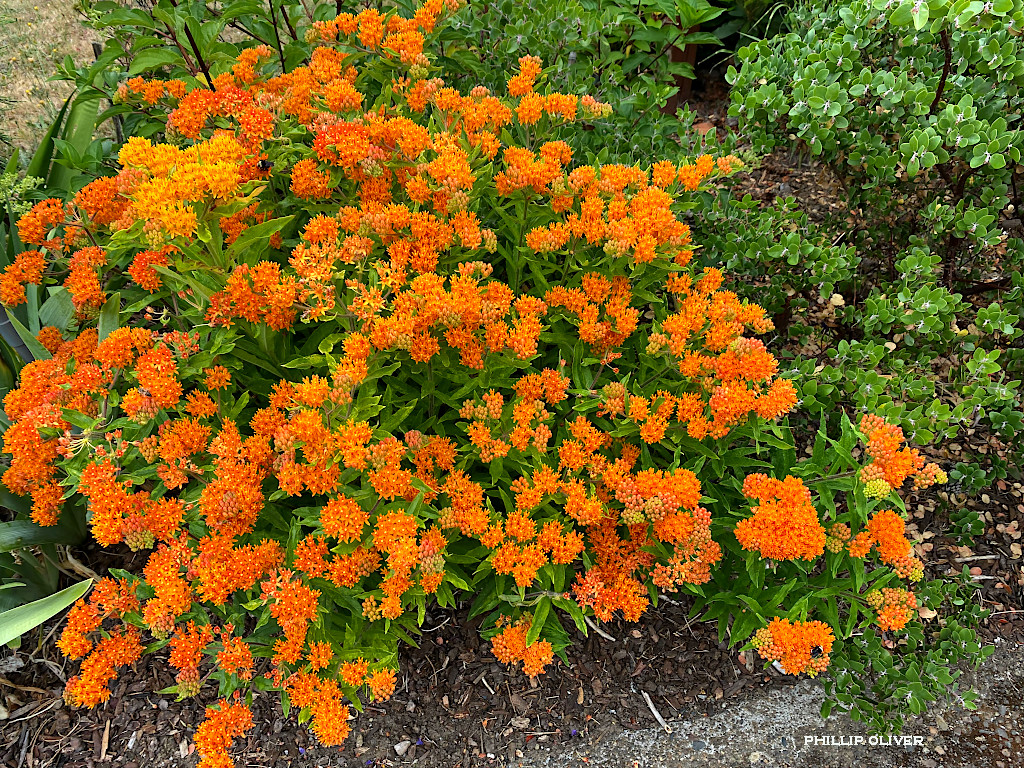
Asclepias tuberosa, the “Butterfly Weed” is native to the Eastern U.S. but nevertheless wonderful in PNW gardens. This is my personal favorite of the milkweeds. I love the compact and mannerly way it grows, about 2 feet tall and wide with a rounded habit. The flowers are bright orange.
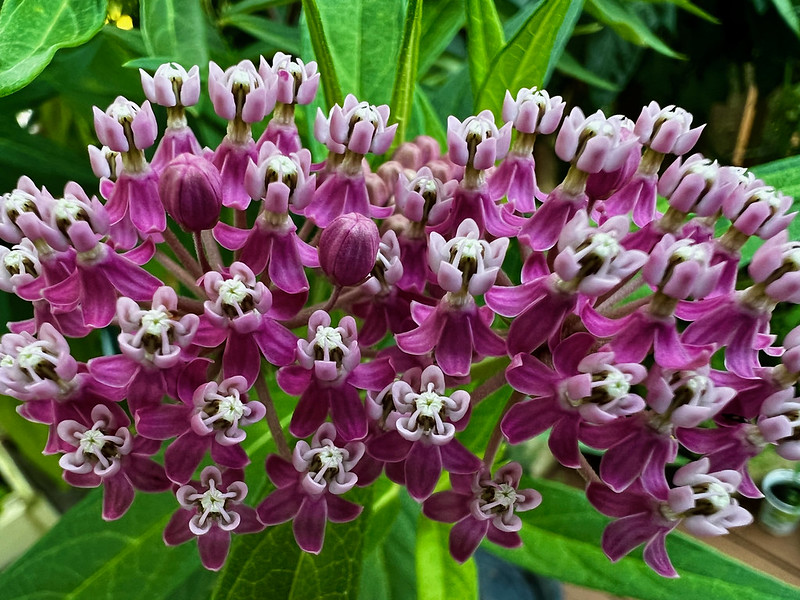
Asclepias incarta, the “Swamp Milkweed” likes wet soils. It is a tall grower, up to 6 feet, and has rose-pink flowers. (Photo Krossbow on VisualHunt.com)
Growing Milkweed – Milkweeds are very easy to grow. Give them a full sun location. Light and sandy soils are best. If you have heavier soil, like clay, amend it so that it has good drainage. Avoid fertilizers and rich soil amendments. Milkweed grows in prairies, along roadsides and wild places so they like average soils.
Milkweed develops tap roots and are therefore difficult to transplant successfully. Make sure that the spot you choose is definitely where you want it.

